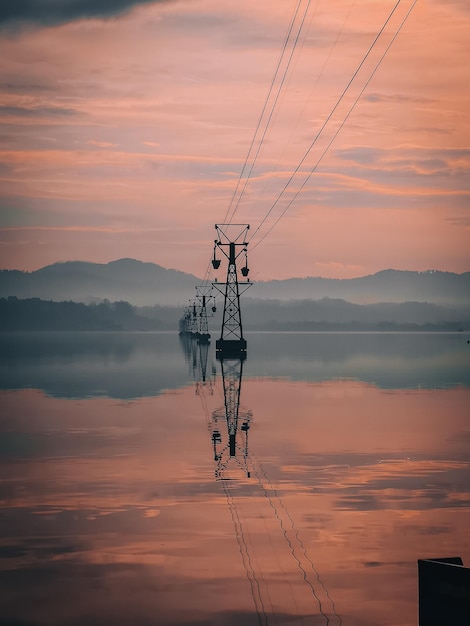Can Tidal Energy be Used in Lakes?
Introduction
Tidal energy is a renewable energy source that harnesses the power of tides to generate electricity. Traditionally, tidal energy has been associated with coastal areas where the rise and fall of tides are substantial. However, an interesting question arises: can tidal energy be used in lakes? In this article, we will explore the feasibility of utilizing tidal energy in freshwater lakes and the potential benefits and challenges associated with this alternative approach.
Tapping into Tidal Energy
Tidal energy is generated by the gravitational pull of the moon and the sun, causing the rise and fall of tides. This phenomenon occurs in both oceans and larger bodies of water, such as seas and bays. Traditionally, tidal power plants have been constructed along coastlines where the natural movement of tides is significant. These power plants utilize the ebb and flow of the tides to drive turbines and generate electricity.
The Potential for Lakes
While lakes do not experience tides in the same way as oceans, they can still exhibit some level of water movement due to factors like wind, temperature variations, and inflowing rivers. In certain cases, large lakes with a significant water exchange may display a small-scale tide-like behavior known as seiches. Seiches are oscillations of water levels caused by atmospheric pressure changes or seismic activity.
The Challenges
Harnessing tidal energy in lakes poses several challenges compared to coastal areas. Firstly, the magnitude of water movement in lakes is generally lower than that of tidal ranges observed in oceans, which limits the potential energy that can be extracted. The relatively smaller area of lakes also means that fewer turbines can be installed, further reducing the overall energy output.
Technologies and Adaptations
To make tidal energy viable in lakes, specialized technologies and adaptations are required. One approach is to design turbines specifically for lower water speeds and smaller water volumes. These turbines can be more compact and efficient in capturing the available energy. Additionally, floating tidal platforms can be deployed in lakes, allowing for flexibility in turbine placement and minimizing environmental impact.
Environmental Considerations
As with any form of energy extraction, there are environmental considerations to be addressed when implementing tidal energy in lakes. The potential impacts on aquatic ecosystems, including fish and other wildlife, must be carefully assessed to minimize disruption to their habitats. Environmental studies and monitoring programs are crucial to ensure the sustainable implementation of tidal energy projects in lakes.
“The development of tidal energy in lakes requires a thorough understanding of the specific lake dynamics and ecosystem. With careful planning and consideration, it is possible to harness this renewable resource while minimizing environmental impacts.”
Potential Benefits
Despite the challenges, there are several potential benefits to utilizing tidal energy in lakes. Firstly, lakes are often located closer to populated areas than coastal regions, which can reduce transmission losses and costs associated with transporting electricity. Furthermore, integrating tidal energy into lakes can provide a diversified energy mix, reducing reliance on traditional fossil fuel-based power generation.
Case Study: Lake Brienz
One example of the successful implementation of tidal energy in a lake is Lake Brienz in Switzerland. Lake Brienz experiences seiches due to atmospheric pressure changes, resulting in regular water level fluctuations. By placing specially designed turbines in the lake, these seiche movements are harnessed to produce electricity. This project demonstrates that even small-scale tidal movements can be harnessed effectively in freshwater environments.
Conclusion
While tidal energy has traditionally been associated with coastal areas, the potential for utilizing this renewable energy source in lakes should not be overlooked. Although lakes may not exhibit the same magnitude of tides as oceans, the presence of seiches and other water movements provide opportunities for energy extraction. With advancements in technology and careful consideration of environmental impacts, tidal energy can play a role in diversifying our energy sources and reducing carbon emissions in both coastal and inland regions.



